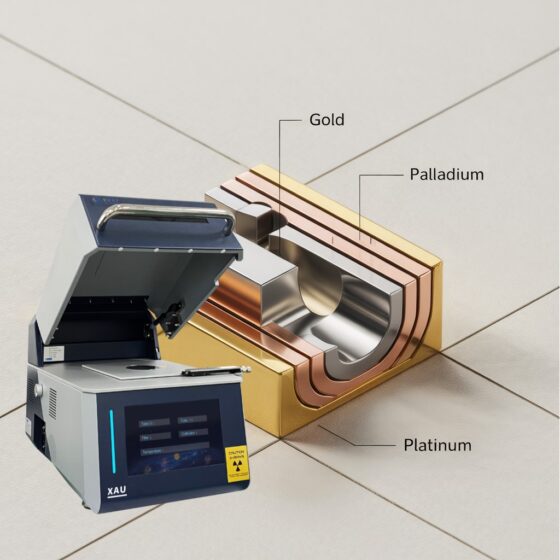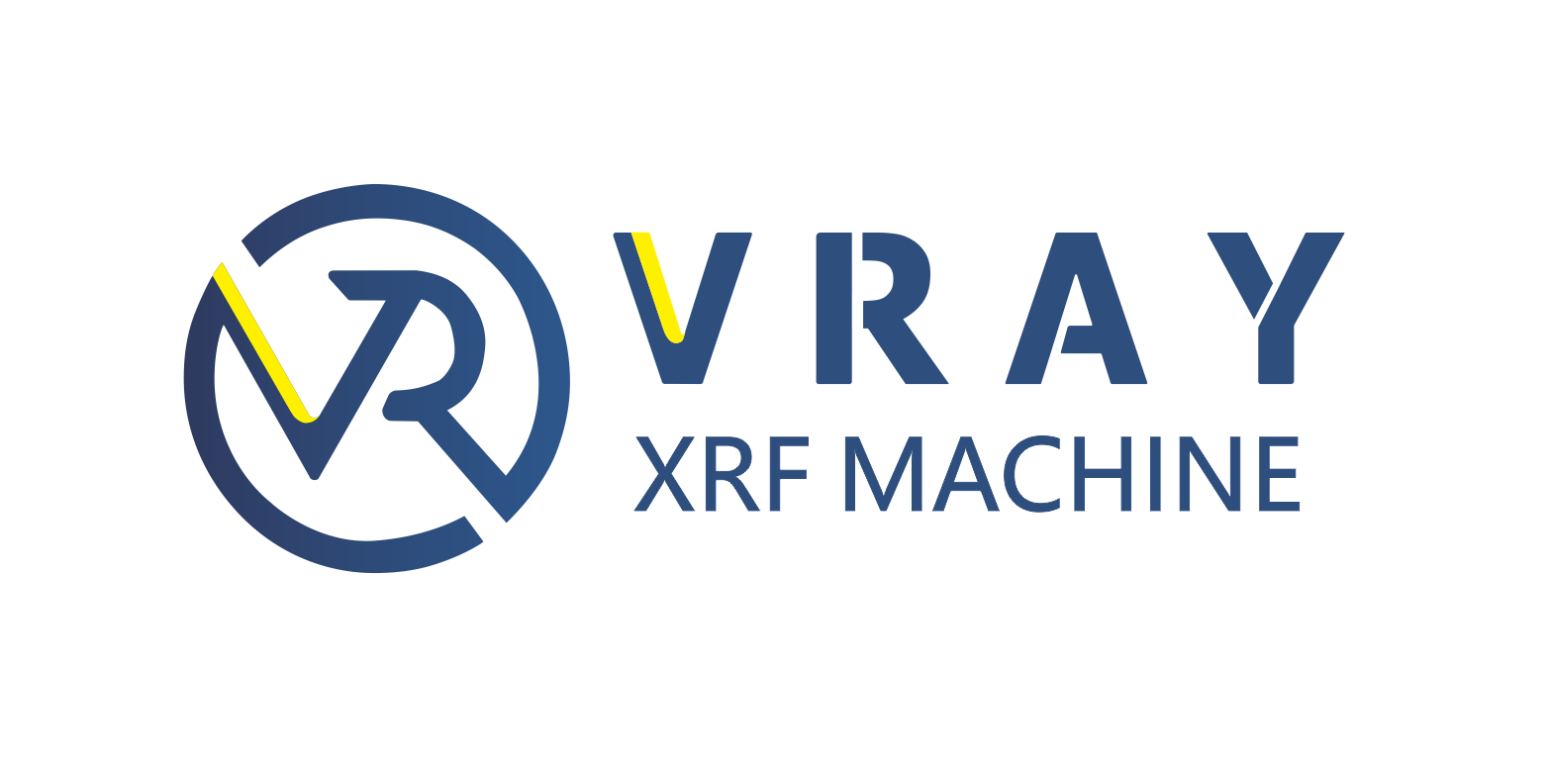ศาสตร์แห่งความแม่นยํา: XRF Spectrometers Master การวัดความหนาของการเคลือบโลหะมีค่าอย่างไร
In industries where microns matter—jewelry plating, luxury watchmaking, or high-end electronics—the thickness of a precious metal coating isn’t just a detail; it’s a “critical quality metric”,Too thin, and your gold-plated product tarnishes prematurely. Too thick, and material costs spiral out of control. Enter X-ray Fluorescence (เอ็กซ์อาร์เอฟ) Spectrometers : the non-destructive, rapid solution for flawless coating analysis.

This blog explains how XRF technology revolutionizes precious metal coating thickness measurement, ensuring quality, compliance, and profitability for your business.
—
Why Coating Thickness Matters
From 18K gold-plated jewelry to rhodium-coated silverware, precise plating ensures:
– ความทนทาน: Adequate thickness prevents wear and corrosion.
– Aesthetic Consistency: Uniform coatings avoid patchy discoloration.
– Cost Control: Optimizing material use saves thousands in precious metals.
– Regulatory Compliance: Meet ISO 3497, ASTM B568, or customer-specific standards.
Traditional methods like cross-sectional microscopy or electrochemical testing are slow, destructive, and impractical for high-volume workflows.
—
How XRF Spectrometers Measure Coating Thickness
XRF analyzers use low-energy X-rays to excite atoms in the coating and substrate. By measuring the fluorescent signals, the device calculates:
1. Coating Thickness: From 0.01 µm to 50+ µm, depending on material.
2. Composition: Verify if the coating is pure gold, gold alloy, or a counterfeit blend.
3. Multi-Layer Analysis: Detect complex structures (เช่น, nickel undercoat + gold top layer).
All this happens in seconds, without scratching or damaging the sample.
—
Five Reasons XRF is the Ultimate Coating Thickness Tool
1️⃣ Non-Destructive, Non-Contact Testing
– Preserve finished products: No cutting, ขัด, or chemical exposure.
– Ideal for delicate items like antique jewelry or micro-electronics.
2️⃣ Speed Meets Precision
– Measure 100+ items per hour with ±0.1 µm accuracy.
– Instant results enable real-time quality control on production lines.
3️⃣ Cost-Saving Material Optimization
– Prevent over-plating: A 0.5 µm reduction in gold coating can save **$10,000+ per kilogram** of gold used.
– Catch under-plating early to avoid recalls or customer disputes.
4️⃣ Multi-Layer and Alloy Analysis
– Analyze bi-layer or tri-layer coatings (เช่น, Ni-Pd-Au in electronics).
– Detect impurities (เช่น, cobalt in gold plating) that affect durability.
—
Real-World Applications
– Jewelry Manufacturing: Ensure gold or rhodium plating meets luxury brand specs.
– Electronics: Verify palladium or silver coatings on connectors for conductivity.
– Luxury Watches: Maintain consistent gold plating on watch bezels.
– Recycling: Accurately value gold-plated scrap without stripping layers.
—
Choosing the Right XRF for Coating Analysis
Look for these features:
– High-Resolution Detector: Resolve thin coatings (<0.1 µm) with clarity.
– Multi-Layer Software: Handle complex coating stacks.
– Small-Spot X-Ray Collimation: Analyze tiny components (เช่น, watch screws).
– การพกพา: Handheld models for on-site supplier checks or factory audits.
—
บทสรุป: Elevate Quality, Slash Costs
In a world where perfection is expected and margins are tight, XRF spectrometers transform coating thickness measurement from a bottleneck into a competitive advantage. By marrying precision with practicality, this technology empowers businesses to:
– Deliver flawless products that build brand loyalty.
– Optimize precious metal usage without compromising quality.
– Stay audit-ready in regulated markets.
At VRAY, our XRF solutions are engineered for the unique demands of coating analysis. From handheld devices for workshops to automated benchtop systems for labs, we provide the tools to turn microns into millions.
 VRAY ตราสาร จํากัด
VRAY ตราสาร จํากัด